Scientific American Supplement: April 9, 1881
Scientific American Supplement: April 9, 1881
Book Excerpt
rts with
the ordinary processes; but the loss is not alone there, for the foregoing
table shows that the best portion of the grain is rejected from the food
of man that brown or dark bread is made of flour of very good quality, and
that the first quality bread is made from the portion of the endosperm
containing the gluten in the smallest quantity and in the least developed
form.
This is a consideration not to be passed over lightly; assuredly the gluten of the center contains as much azote as the gluten of the circumference, but it must not be admitted in a general way that the alimentary power of a body is in connection with the amount of azote it contains, and without entering into considerations which would carry us too wide of the subject, we shall simply state that if the flesh of young animals, as, for instance, the calf, has a debilitating action, while the developed flesh of full-grown animals--of a heifer, for example--has really nourishing properties, although the flesh of each animal contains t
Editor's choice
(view all)Popular books in Periodical
Readers reviews
0.0
LoginSign up
Be the first to review this book
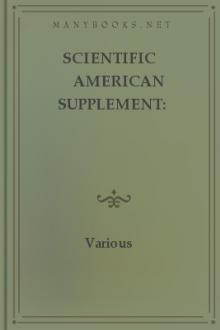
 Free Download
Free Download











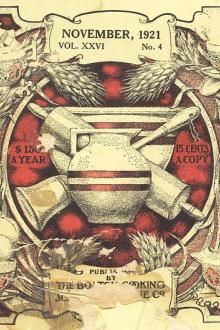

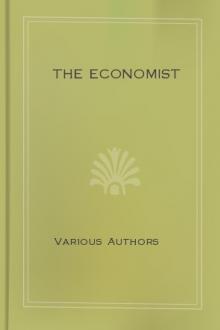


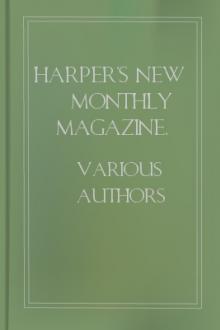
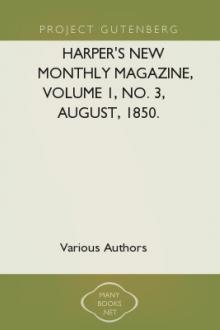
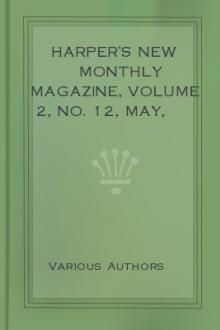
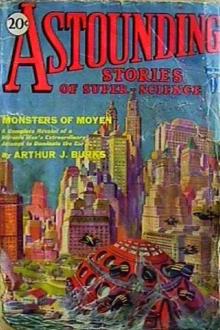
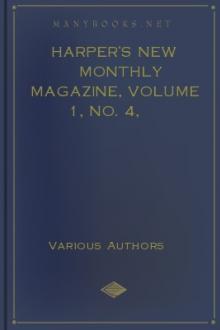
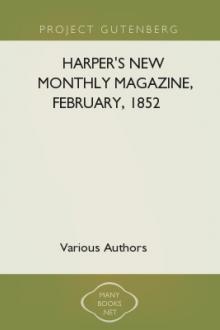
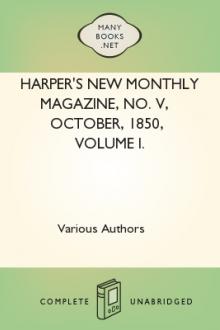
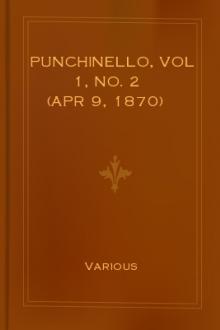
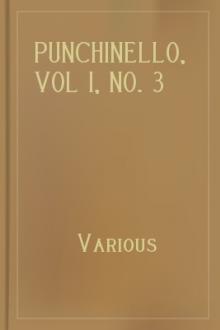

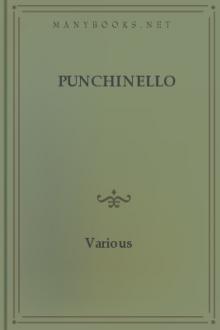
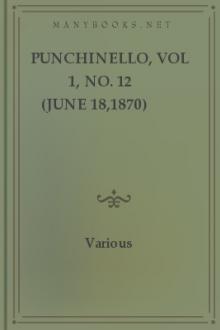
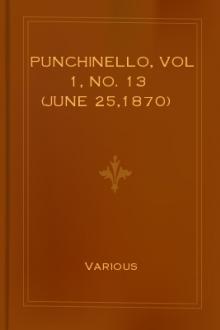
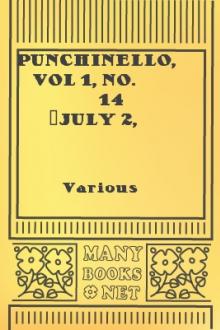
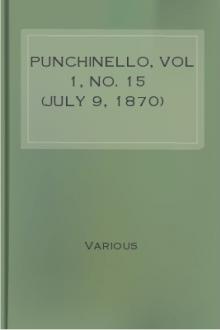
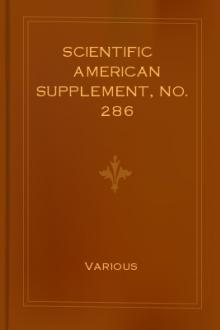
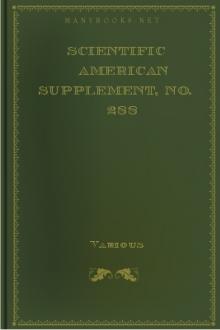
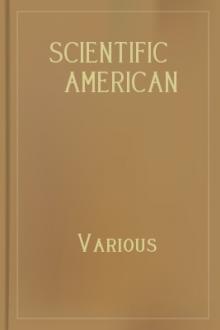
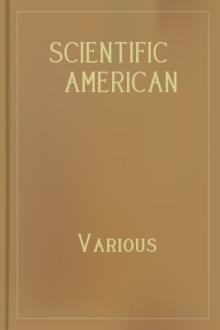
-itok=vcKIB5v1.jpg)